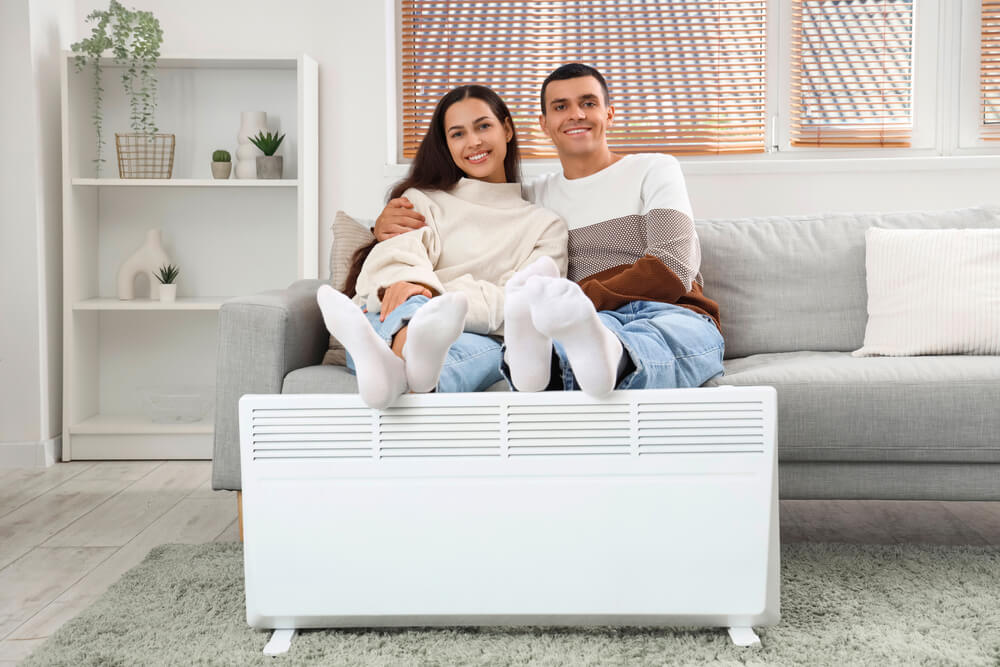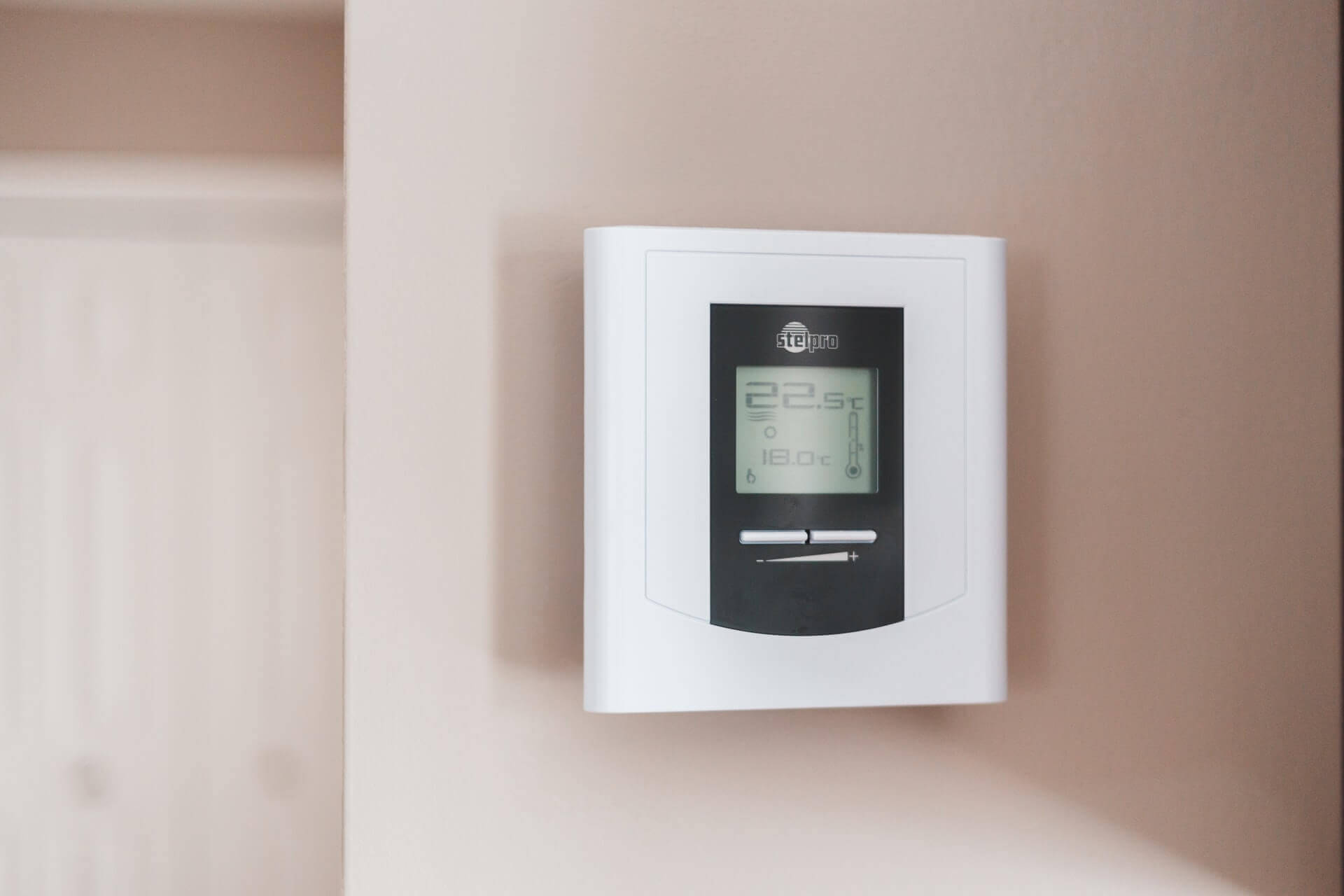Complete Guide to Optimal Thermal Comfort

Home heating is essential to ensure a comfortable living environment, especially during the winter months when temperatures can drop drastically. Among the various heating options available, electric heating and electric furnaces are particularly popular due to their efficiency, reliability, and ease of use. In this article, we will explore in detail how electric heating systems and furnaces work, their benefits, the different types available on the market, and tips for optimizing their performance and reducing your energy consumption.
How Electric Heating Systems Work
Electric heating works by converting electrical energy into heat. This is usually done through electrical resistances which, when a current passes through them, heat up and emit heat. This heat is then diffused into the surrounding space to heat the surrounding air. Electric heating systems can come in many forms, including electric heaters, heated floors, and convectors. Each type of heating has its own characteristics and advantages in terms of heat distribution, installation cost and energy consumption. Electric heaters, for example, are very common and easy to install. They can be mounted on a wall or placed on the floor and are available in multiple wattages to suit various room sizes. Heated floors, on the other hand, provide a soft and even heat that emanates from the floor, providing a feeling of increased comfort without cluttering the space. Finally, electric convectors are appreciated for their ability to quickly heat a room by diffusing the air heated by convection.
Electric Furnaces: An Effective Solution for Central Heating
Electric furnaces, or electric boilers, are an effective central heating option for homes and buildings. They work by heating the air which is then distributed throughout the house through a duct system. This type of heating is particularly appreciated for its ability to heat large areas homogeneously. Electric furnaces are composed of several key components, including a central heating unit, electrical resistances, a fan, and a thermostat. The heating unit contains electrical resistances that produce heat when activated. This heat is then captured by the air that is drawn into the furnace by the fan. The heated air is then redistributed throughout the house via ducts.A major advantage of electric furnaces is that they do not produce combustion or smoke, making them safer and cleaner than gas or oil heating systems. They're also easier to install and require less maintenance because they don't have complex moving parts or burners to clean.
The Benefits of Electric Heating
Electric heating has several advantages that make it a popular choice for many homes. Some of the main benefits include:
- Easy and Flexible Installation : Electric heating systems are generally easier to install than traditional central heating systems. Electric heaters and convectors can be installed quickly and do not require complex ducts or boilers.
- security : Unlike combustion heating systems, electric heating does not produce dangerous gases, such as carbon monoxide. There is also less risk of gas leaks or fires.
- Energy Efficiency : Modern electric heating systems are very efficient. Almost all of the electricity consumed is converted into heat, which minimizes energy losses.
- Precise Temperature Control : Electric heating systems offer precise temperature control through adjustable thermostats. This allows the temperature to be adjusted room by room, offering personalized comfort.
- No CO2 emissions : By opting for electric heating, especially if the electricity comes from renewable sources, you are helping to reduce the carbon footprint of your home.
Disadvantages of Electric Heating
Despite its numerous advantages, electric heating also has some disadvantages that need to be considered:
- Electricity Cost : The cost of electricity is often higher than that of other energy sources such as natural gas. This can lead to higher heating bills, especially in winter.
- Dependence on the Electrical Network : Electric heating depends entirely on the electrical network. In the event of a power outage, you are left without heating, which can be a problem in winter.
- Impact on the environment : If the electricity used for heating comes from non-renewable sources, such as coal or gas, the carbon footprint can be significant. However, this problem can be alleviated by choosing a green electricity supplier.
Optimizing the Performance of Electric Heating Systems
To get the most out of your electric heating system, it's essential to use it efficiently. Here are some tips to optimize the performance of your electric heating while reducing your energy consumption:
- Home insulation : Good insulation is essential for maintaining the heat inside your home. Make sure your walls, windows, and doors are well insulated to minimize heat loss.
- Use of Programmable Thermostats : Programmable thermostats allow you to automatically adjust the temperature according to your schedule. This allows you to lower the temperature when you are away or during the night, which can reduce your energy consumption.
- Heating zones : If possible, opt for a zoned heating system that allows you to heat only the rooms you use. This prevents the heating of unoccupied rooms, which is an effective way to reduce heating costs.
- Regular maintenance : Although electric heating systems require less maintenance than combustion systems, regular maintenance is still necessary. Clean filters, check electrical connections, and ensure the system is working properly to avoid failures and maximize efficiency.
- Use of Curtains and Blinds : Close curtains and blinds at night to maintain heat, and open them during the day to allow sunlight to naturally warm the room.
The Different Types of Electric Furnaces
There are several types of electric furnaces, each of which has its own characteristics and advantages:
- Resistance Electric Furnaces : These are the most common. They use resistances to heat the air, which is then distributed around the house by a fan. They are simple and reliable, but can consume a lot of electricity.
- Forced Air Electric Furnaces : They work by heating the air using electrical resistances and then distributing it through ducts using a fan. They are effective in heating large areas and are often used in homes.
- Heat pumps : Although they are not furnaces per se, heat pumps are often used to replace electric furnaces. They work by transferring heat from the outside to the inside of the house, even in cold temperatures. They are more efficient than resistance furnaces but can be more expensive to install.
Conclusion
Electric heating and electric furnaces offer a practical and efficient solution for heating your home. Although the cost of electricity can be a limiting factor, the numerous advantages of these systems in terms of safety, installation, and comfort make them a popular choice for many homes. By optimizing their use through good insulation, programmable thermostats, and regular maintenance, you can maximize their efficiency and minimize your energy costs. Whether you opt for a simple electric heater or a sophisticated electric furnace, it is essential to choose the system that best suits your needs to ensure optimal thermal comfort in your home.
Guarantee: No traces, no stress — only lasting results.
5 000 +
96%
$6,275



.avif)



